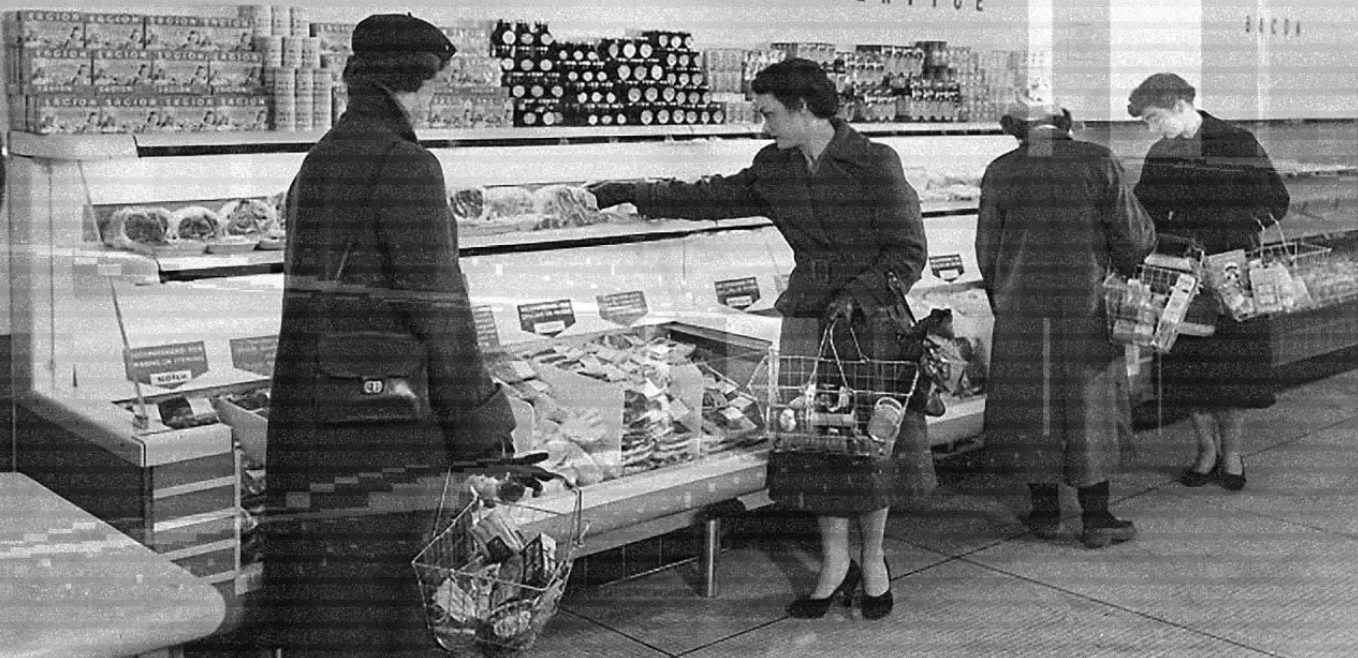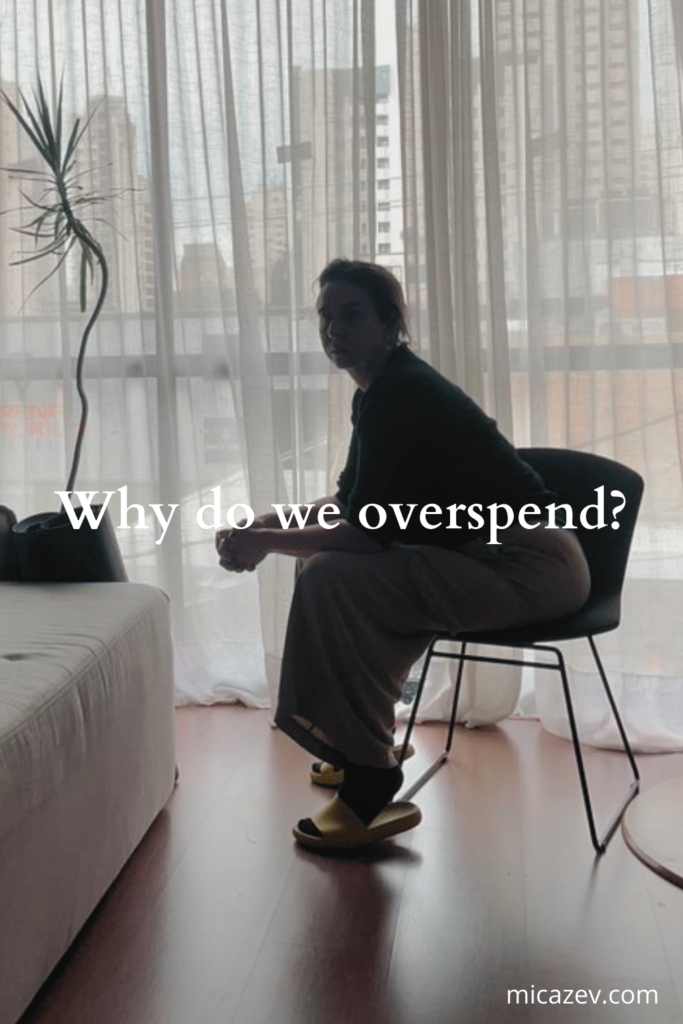With the infinity of content on the internet, isn’t it strange that we spend so much time looking at products for sale?
Why is it more common to make a list of products we’ll never buy than of the works of art we love the most? We spend hours and days looking at trinkets:
we add them to the cart,
favorite them,
save them for later purchases…
how did we get here?
The act of buying has drastically transformed over the last two centuries: what was once for survival or products to simplify daily activities has evolved into an anxious compulsion that permeates all areas of our lives and transforms everything from how we have sex to how we think and build our cities.
We live in a global hyper-consumerist culture:
- Driven by marketing,
- Funded by large corporations, and
- Based on individualism.
This triad has proven to be a catalytic force for social abysses in marginal economies, like Brazil’s, and has been a recurring theme among influential thinkers since the late 19th century.
In 1899, economist Thorstein Veblen published “The Theory of the Leisure Class,” where he observed that consumption is a new form of socialization and morality, as well as a social differentiator, as sociologist Pierre Bourdieu also wrote in his book “Distinction: A Social Critique of the Judgement of Taste,” in the mid-20th century.
More than a hundred years after Veblen, philosopher Gilles Lipovetsky was able to create his own timeline for the issue of consumption and what he and his contemporary Zygmunt Bauman (philosopher and sociologist) called the culture of hyper-consumption.
According to Lipovetsky’s periodization in his book “Paradoxical Happiness,” published in 2006, there are three stages of consumer capitalism:
Democratization of desire
The first stage, from 1880 to World War II, is characterized by what the author calls the “democratization of desire.”
During this time, electrically powered technologies forever changed the way we communicate and move.
Productivity began to generate surplus, and new forms of distribution for these goods were created, such as department stores.

Going to department stores became a fun way to pass the time. People still had the habit of saving leftover salary, but it was exciting to discover new things.
Increase in productivity
In the second phase, between 1950 and 1970, new Taylorist and Fordist production methodologies brought changes in the way we work and think about time, which began to be measured by the clock. ⏱
During this time, the saying “time is money” became popular. In addition, the first forms of planned obsolescence appeared when producers created less durable products to increase sales.
These years were marked by the second industrial revolution and production at full speed. However, people needed to be convinced to buy. According to the author, in the early 1960s, advertising gained more space and an American family was impacted by about 1500 messages a day.

From the 1970s onwards, the philosopher identified the third and final phase of hyperconsumerism. Elements such as mass marketing, optimized production and planned obsolescence are common practices in the industry and widely discussed in academia.
In the beginning, marketing instigated the purchase of products so that people could show that they belonged to a nobler social class (which Bourdieu brings extensively in his study of cultural capital as class representation). Now, consumption is no longer about socially differentiating yourself, but about experiencing something individually.
The pillars of the hyperconsumer tripod: marketing, promoting individualism, were very well seen in these three phases mentioned above, but I would like to point out better how these two pillars are financed by the third, the large corporations.
A clear example of this collaboration is the real estate market: until the Second World War, few owned their homes, there was not a large luxury market around the real estate market, but as Bauman puts it in his work “Consuming life” in 2007, consumerism has become part of our social agreement and has expanded into all areas of life, including living, which has also moved from consumption to hyperconsumption.
Differentiated mortgage loans appeared for government employees and larger companies, so-called “white and blue collar” employees who could now buy their own homes. Today this practice is already common and institutionalized, today employees of large companies have special credits in various sectors.
In summary, over the last hundred years we have seen a gradual increase in the consumption of goods, but none of this has happened “naturally” and Lipovetsky has given us a good starting point to better understand this reality: “When competition struggles are not more the cornerstone of mercantile acquisitions, the civilization of hyperconsumption begins”.
Pin this post

